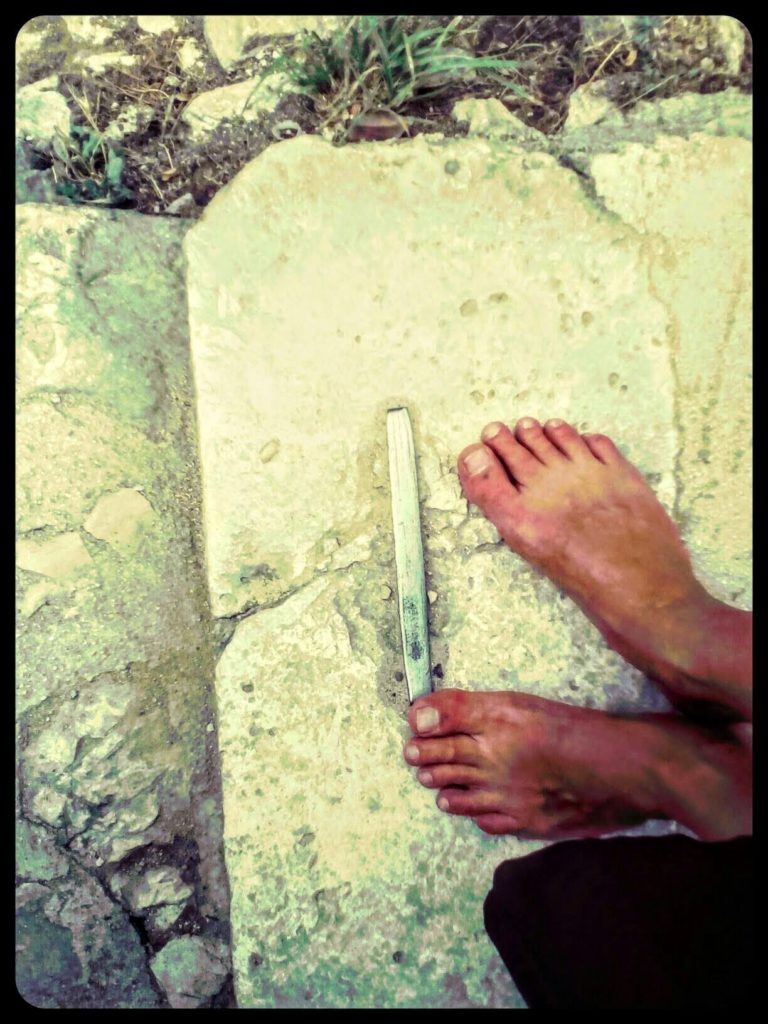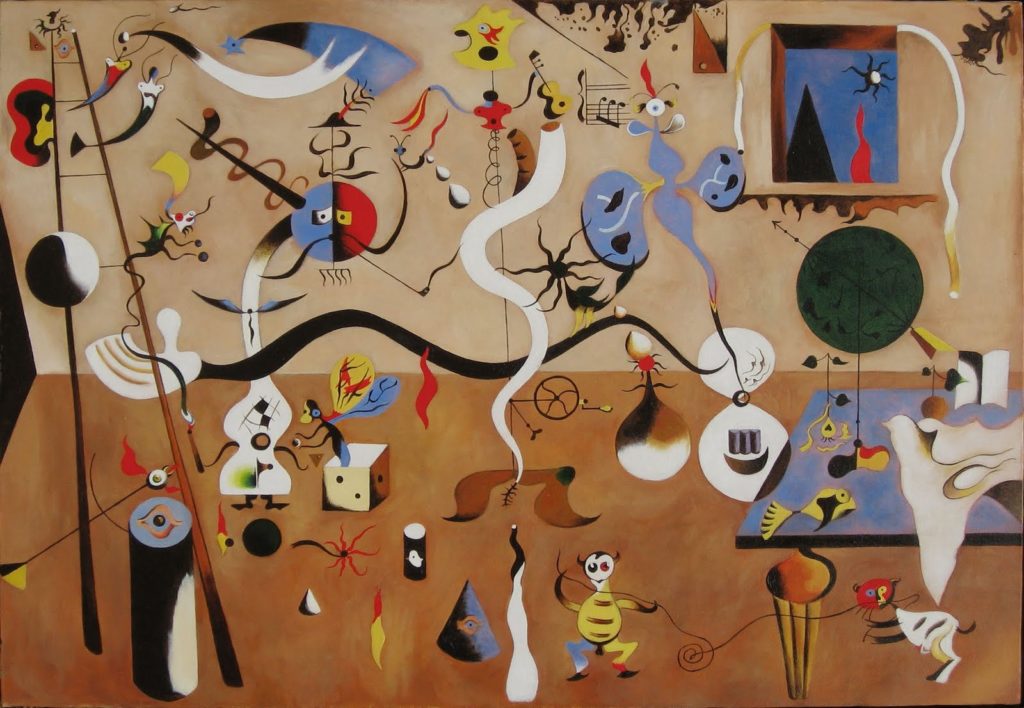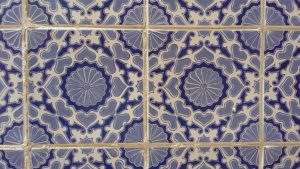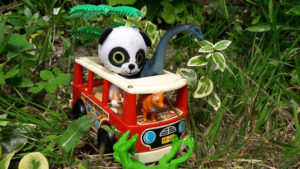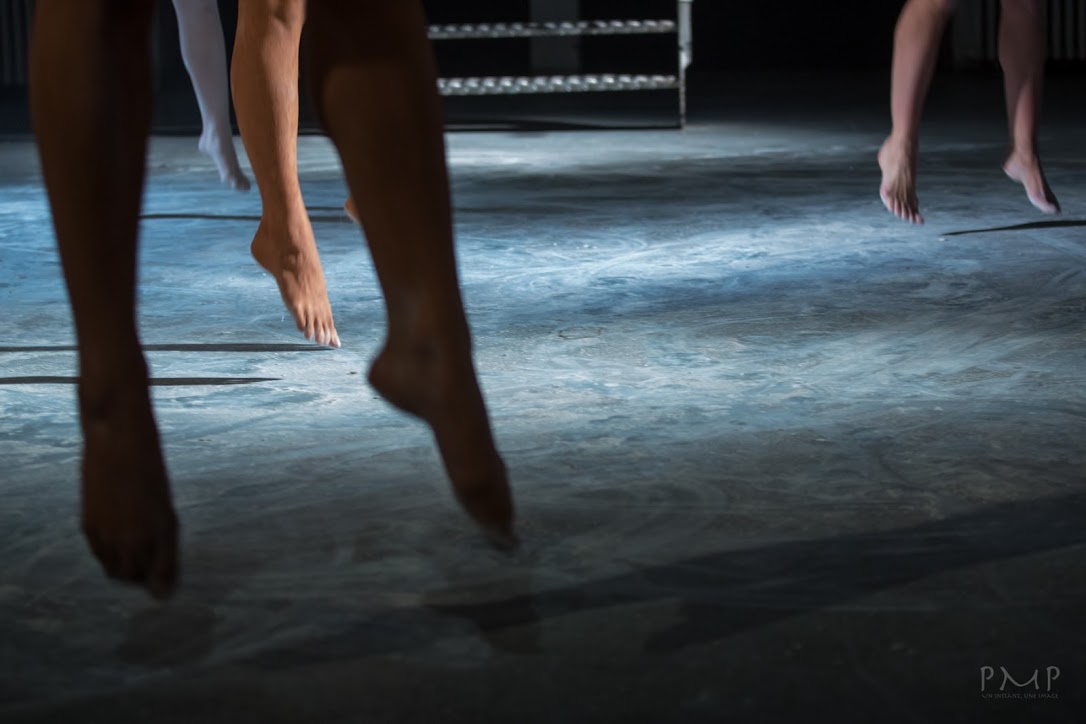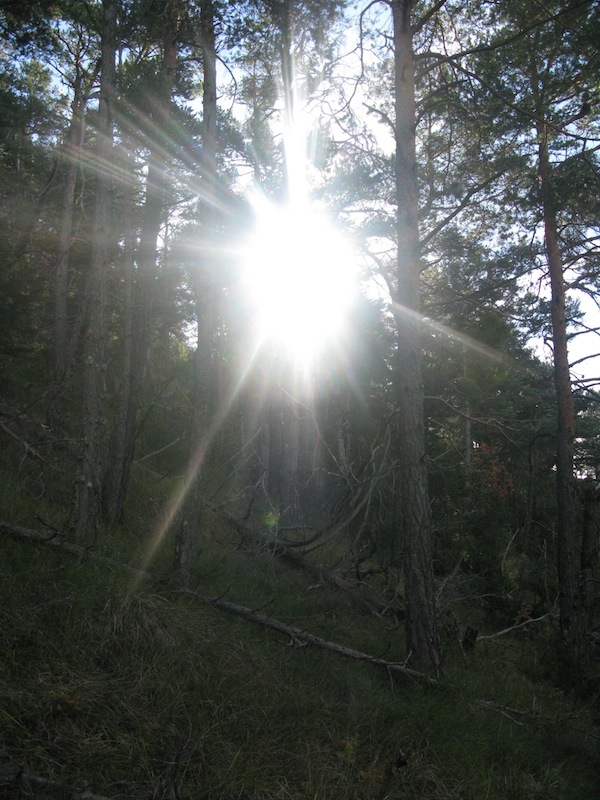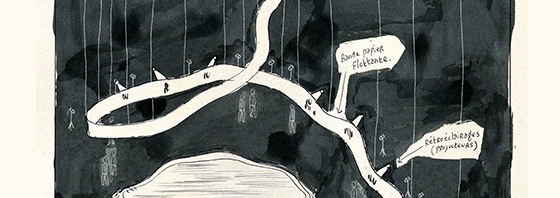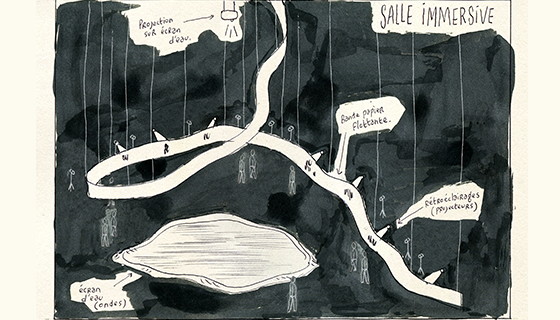
(english below)
Nom de Code : Villa B par Christophe Havard & Fabrice Arnaud-Crémon pour Jet FM (Nantes, FR)
Composition pour dispositif électro-acoustique et clarinette, enregistrée en binaural pendant le festival Sonor le 15 octobre 2016 à Nantes.
La rencontre d’un espace et l’évidence d’une obsession.
L’espace est un bunker, situé à Saint Marc sur mer, dans lequel Christophe Havard a longtemps enregistré seul ou parfois accompagné, notamment du clarinettiste Fabrice Arnaud-Crémon. Il extraira de ce lieu les éléments sonores qui constituent le corps principal de la composition : des sons épais et harmoniques dus aux matériaux métalliques incrustés dans l’architecture, des jeux plus subtils d’espaces révélés par les effets de résonance, des évocations de présences humaines (respirations, déplacements, souffles, voix hésitantes,…).
“Quand j’enregistre dans un espace tel que celui-ci je le considère comme un personnage de fiction. Je le guette, il me hante, nous nous tournons autour. Ses sols et ses murs deviennent organiques, lentement je les lèche de mes oreilles: sans le son, que serait l’architecture, quelle notion aurions-nous des distances, des mouvements, des textures, de la densité de l’air ? D’où l’obsession, toujours la même. Vouloir baigner à l’intérieur d’un chant sonore qui caresse le corps. J’aime quand le son me touche, parfois avec effleurement et parfois avec force. Le son est à la fois une masse et un souffle sensuel. Ici, l’espace est révélé par un clarinettiste marcheur, écoutant et souffleur. Il nous montre le lieu, joue avec, l’accompagne, se laisse porter par lui et s’y perd. Et si ces espaces sonores se mettaient à jouer de nous, à créer un léger chaos, à devenir des miroirs déformants, des réalités improbables.” Christophe Havard.
Pour que l’expérience d’écoute soit enveloppante, en relief et sensible, le spectateur est plongé dans le même espace que celui des deux musiciens. Le clarinettiste est mobile, jouant à la fois sur les propriétés acoustiques de son instrument ou du lieu et sur les effets d’espace offerts par la captation et le traitement audio. L’électroacousticien créé un dialogue par le son instrumental qu’il place sur les différents points de diffusion et le mixage en live des phonographies.
Quelques lumières posées au sol et programmées selon les mouvements de la composition accentuent l’effet d’immersion en proposant une écoute dans une relative obscurité.
Christophe Havard
A la fois compositeur (musique électroacoustique et instrumentale), interprète, improvisateur et artiste sonore, il commence sa carrière comme saxophoniste de jazz et se dirige progressivement vers l’improvisation et l’expérimentation sonore. Depuis une quinzaine d’années il réalise des installations sonores et des pièces électroacoustiques et radiophoniques. Ses créations s’attachent à l’espace sonore, la qualité du timbre, la notion de mémoire et l’éclatement des frontières stylistiques.
Pour lui, le contact du son sur le corps est fondamental, que ce soit dans une démarche sensuelle et délicate (souffle, voix, déplacement ou jeux d’espace, nuances, …) ou massive voire brutale (puissance, mise en vibration de matériau, épaisseur du spectre sonore, détonations, …).
Fabrice Arnaud-Crémon
Clarinettiste depuis l’âge de huit ans, Fabrice Arnaud-Crémon a notamment été l’élève de Michel Arrignon et d’Alain Damiens à Paris. Il s’intéresse à toute la richesse des pratiques liées à son instrument, que ce soit à travers le répertoire (Mozart, Weber, Brahms, Debussy, Stravinsky, Messiaen, Boulez, etc.), les transcriptions (celles de Julien Opic, de Sylvain Blassel ou de
Gérard Chenuet), ou encore la création contemporaine (œuvres de Philippe Boivin, Nicolas Frize, Julien Opic, Sylvain Kassap, Christophe Havard, Arturo Gervasoni, Benoît Granier, Jérôme Joy, Christian Wolff, Keith Rowe, François Rossé…).
Sa curiosité artistique l’amène à se produire dans des contextes très variés et parfois insolites, qui privilégient souvent le jeu en petite formation ou en soliste.
—————————————————————————————————————————————-
Radia Show 617
Code Name : Villa B by Christophe Havard & Fabrice Arnaud-Crémon for Jet FM (Nantes, FR)
A composition for clarinets and electroacoustic devices, recorded with the binaural technology during the Sonor festival in Nantes, on October the 15th 2016.
The encounter of a space and an obsession!
The space is a bunker from Saint-Marc sur Mer, inside which Christophe Havard has started to record the sound alone or with the clarinet player Fabrice Arnaud-Crémon. He collected in these huge rooms the sound materials for his composition : some thick harmonics generated from iron structures, the clarinet with some strange reverb effects, some subtle motions of footsteps, voices and breath,…
When I record sounds in such a place, I consider its empty spaces as fictional characters! First, I gaze at them till I can feel them in my whole body. Gradually, the floors and the walls become like an organic structure that I slowly catch with my ears… I am convinced that, without the sound waves, the architecture would not exist: how could we feel the distances, the motions, the textures and maybe even the air density? Then, here comes my obsession, always the same: the desire to go through a sound which caresses my body. I feel so good when the sound affects me with delicacy or sometimes with a strong strength. I want so much to share this sensation with the audience. In this composition, the empty spaces also exist because one day, inside it, the clarinet player walked, breathed, played all kind of strange games and he ended up losing himself. And now, on stage, the games carry on and become unlikely realities and sound distorting mirrors.” Christophe Havard
In order to have a good experience of listening, with a surround space, some relief and more sensibility, the audience is set up on the same stage (or the same place) than the 2 musicians. The clarinet player often moves from one point of the stage to another. Thus he can play with the acoustic features of his instrument in interaction with the room. The electroacoustic player creates a relationship with the music of the clarinet, which he sends on different speakers, and the phonography mixed in live.
Some lights controlled by the Max / MSP program are placed on the floor. According to the movements of the composition, these lights provide a deeper sensation for listening to the music.
Christophe Havard
Composer (of electroacoustic and instrumental music), performer, improviser and sound artist, he began his career as a jazz saxophonist and progressively moved towards improvisation and sound experimentation. For fifteen years or so, he has been creating sound installations and electroacoustic and radiophonic pieces. He has been the guest at sound field residencies.
On stage or in his sound installations and compositions, we can find in Christophe Havard’s creations an interest for sound surroundings, the quality of timbre, the notion of memory and the opening up of stylistic forms.
Fabrice Arnaud-Crémon has been playing the clarinet since the age of eight. He studied notably with Michel Arrignon and Alain Damiens in Paris.
He is interested in all the possibilities of his instrument going through a large range of original repertory (Mozart, Weber, Brahms, Debussy, Stravinsky, Messiaen, Boulez, etc.) and transcriptions (Julien Opic, Sylvain Blassel, Gérard Chenuet). He often takes part to contemporary music (Philippe
Boivin, Nicolas Frize, Julien Opic, Sylvain Kassap, Christophe Havard, Arturo Gervasoni, Benoît Granier, Jérôme Joy, Christian Wolff, Keith Rowe, François Rossé…).
His artistic curiosity brings him into unusual contexts where he is used to playing chamber music or as a solist.

